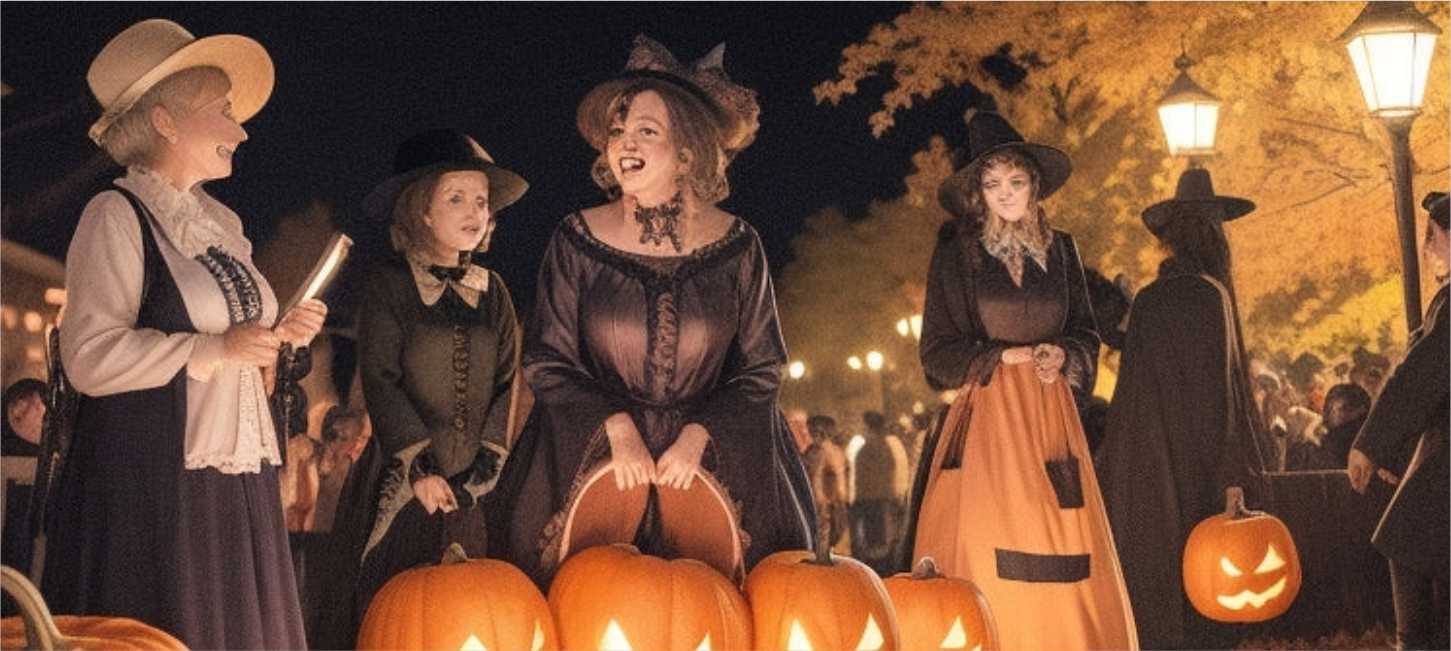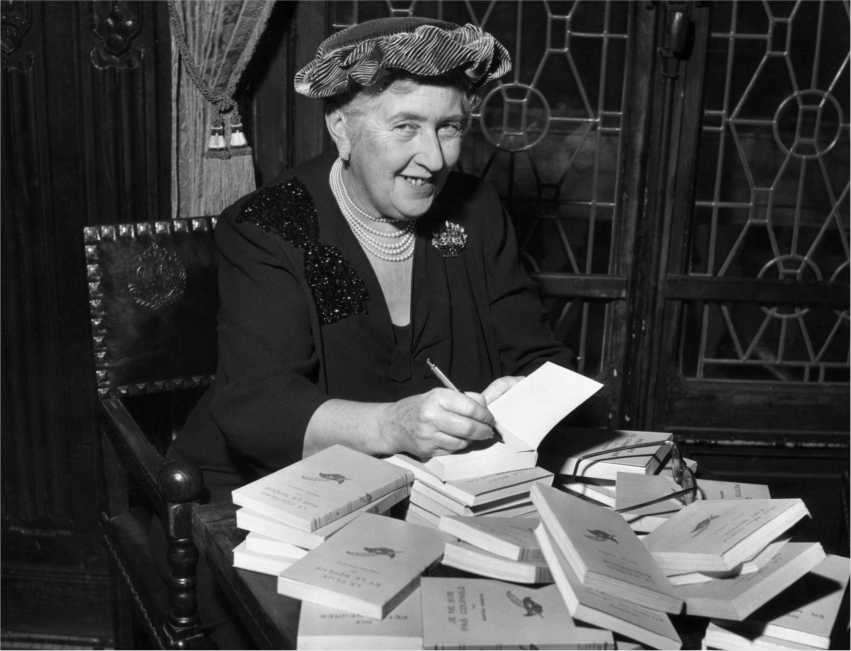Know about the origins of Halloween and ten traditions around the world

- Christopher Rodrigues
- 30 Oct, 2023
Halloween has its origins in the ancient Celtic festival of Samhain, which was celebrated over 2,000 years ago in what is now Ireland, the United Kingdom, and northern France. Samhain marked the end of the harvest season and the beginning of winter, a time often associated with death and the supernatural.
It was believed that on the night of October 31st, the boundary between the living and the dead was blurred. People lit bonfires and wore costumes to ward off malevolent spirits and commemorate the dead.
Over time, the Roman influence, the spread of Christianity, and the migration of Celtic traditions to America contributed to the development of Halloween. It evolved into the modern holiday known for activities like dressing up in costumes, trick-or-treating, and decorating with spooky themes. Halloween is a diverse and festive celebration with its roots in ancient Celtic and Roman customs.
Halloween traditions vary around the world, and many cultures have their own unique ways of celebrating the holiday.
Here are 10 Halloween traditions from different cultures:
Mexico - Dia de los Muertos: While not exactly Halloween, Dia de los Muertos (Day of the Dead) is celebrated from October 31st to November 2nd. Families create ofrendas (altars) with offerings for deceased loved ones, including sugar skulls, marigolds, and the favorite foods of the departed.
China - Teng Chieh: In some parts of China, the Teng Chieh festival is celebrated by lighting lanterns to guide the spirits of deceased relatives. People also offer food and water to the spirits and visit ancestral graves.
Japan - Obon Festival: Similar to the Chinese tradition, the Japanese celebrate the Obon Festival in mid-August or mid-July. It involves lighting lanterns and visiting the graves of ancestors.
Ireland - Barmbrack Cake: In Ireland, a fruitcake called Barmbrack is traditionally baked with hidden objects like a ring, coin, and pea. Each item symbolizes different fortunes for the person who finds it in their slice.
Austria - Soul Cakes: In some parts of Austria, people bake special soul cakes, known as Seelenwecken, and leave them out for the souls of the dead. This tradition is similar to the Irish and Scottish custom of giving out soul cakes.
Hungary – ‘Maskarás’ or ‘Bújátskárás’: In Hungary, children dress in costumes and go door-to-door, singing songs and asking for treats, similar to Halloween's trick-or-treating tradition.
Sweden - Alla Helgons Dag: On All Saints' Day (Alla Helgons Dag) in Sweden, people visit cemeteries to light candles and honor their deceased loved ones. It is a more solemn and reflective occasion.
Philippines - Pangangaluluwa: In rural areas of the Philippines, children and adults dress up and go from house to house, singing and asking for prayers for the souls of the dead. This tradition is known as Pangangaluluwa.
Scotland - Guising: In Scotland, children engage in ‘guising,’ where they dress in costumes and perform a song, poem, or joke in exchange for treats. This tradition is similar to trick-or-treating.
Germany - Rübengeistern: In parts of Germany, people carve turnips or beets into lanterns and place them in windows to ward off evil spirits during Halloween. This practice is known as Rübengeistern.
These are a few examples of how Halloween and similar traditions are celebrated in various cultures around the world, each with its unique customs and significance.





